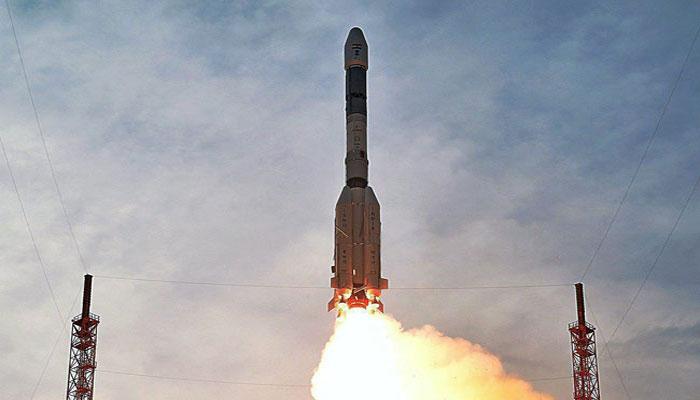Beijing: China’s Long March carrier rocket series completed 300 launches on Sunday after a new communication satellite was put into orbit.
“This is a milestone for China’s space industry development,” said Wu Yansheng, board chairman of the China Aerospace Science and Technology Corp (CASC).
The Long March carrier rocket series, developed by CASC, is responsible for about 96.4 per cent of all launch missions in China, reports Xinhua news agency.
It took 37 years for the Long March rockets to complete the first 100 launches, seven years to complete the second 100 launches and only about four years to accomplish the final 100, with the average number of launches per year increasing from 2.7 to 13.3 and then to 23.5.
China joined the space club on April 24, 1970 when the Long March-1 carrier rocket launched the country’s first satellite, Dongfanghong-1, into orbit. At that time, the carrying capacity of the Long March rocket was only 300 kg.
On November 3, 2016, China’s current largest carrier rocket, the Long March-5, made its maiden flight, with its carrying capacity reaching 25 tonnes for low-Earth orbit and 14 tonnes for geosynchronous orbit.
The success rate of the 300 launches of the Long March rockets stood at 96 per cent, according to CASC.
From October 1996 to August 2011, the Long March rockets set a world record for 15 years of successful consecutive launches.
In 2018, the Long March rockets completed 37 consecutive successful launches, ranking a global first for the highest number of successful launches.
A total of 17 types of Long March carrier rockets have been developed and put into use since 1970, ensuring the implementation of a series of key space projects including manned space programme, lunar exploration, BeiDou Navigation Satellite System (BDS) and the Gaofen Earth observation project.
In addition, the Long March carrier rockets also launched a large number of meteorological, resource and oceanographic satellites as well as several innovative science satellites including DAMPE to search for dark matter.
Since the 1990s, the Long March rockets have been designed to be compatible with satellites manufactured in the US, Europe and other countries and regions.
So far, Chinese rockets have launched 56 international commercial satellites and carried more than 20 small satellites or payloads into space for international customers.
[source_without_link]IANS[/source_without_link]

